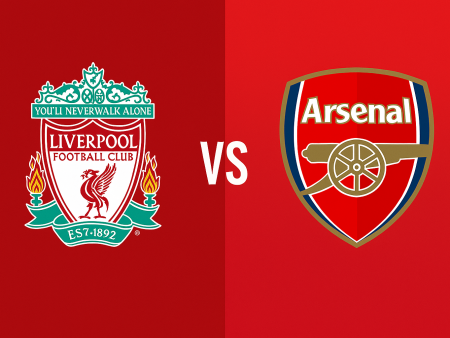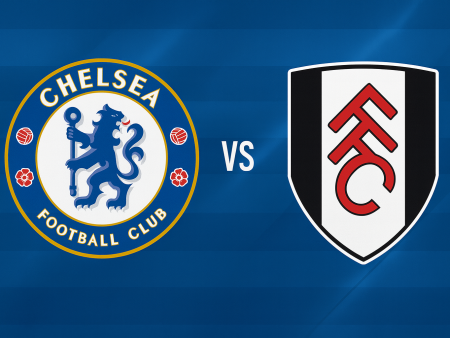Analyzing Canada’s Best Formation for World Cup Qualifying Success
The Canadian Men’s National Soccer Team has entered its latest World Cup qualifying campaign energized and optimistic, following a convincing 5-1 victory in their opening match. As the squad evolves, head coach John Herdman is faced with a healthy selection dilemma-a far cry from days when Canada struggled for professional depth. This article explores how Canada’s tactical formations have developed under Herdman, which systems maximize player strengths, and where the team might need to adapt moving forward.
Exploring Canada’s Core Tactical Setups
Canada’s approach to formation and tactics under John Herdman has been defined by flexibility and adjustment based on opponent quality. While the team’s foundations have typically been the 4-3-3 and 4-4-2, recent matches have seen the introduction of a more attack-oriented 4-2-3-1.
In the initial matches of the Herdman era, he utilized a 4-3-3 to leverage attacking width against weaker opponents in CONCACAF, and a 4-4-2 to provide extra midfield support against stronger teams. A hallmark of Herdman’s strategy-dating back to his time with the Canadian Women’s team-has been the use of attack-minded fullbacks. Alphonso Davies, for example, was often deployed to surge forward from left back, with a defensive midfielder (such as Samuel Piette) dropping in to maintain defensive structure. When Davies was pushed higher up the pitch, Kamal Miller or Sam Adekugbe would cover left back duties, ensuring balance. On the right, Richie Laryea’s pace and attacking intent provided symmetry, regularly charging upfield in support.
Transitioning to the 4-2-3-1 for Greater Flexibility
During recent international windows, Herdman introduced the 4-2-3-1, which has provided a fresh tactical dimension. There are two main reasons behind this shift:
- Against less formidable opponents, Canada can afford an attacking “number 10”-a creative playmaker who isn’t burdened with heavy defensive duties.
- The nation now boasts two mobile, versatile forwards, Cyle Larin and Jonathan David, who operate best when dropping deeper into midfield, rather than as traditional strikers.
By utilizing a 4-2-3-1, Herdman is able to position an attacking midfielder behind the striker, allowing both Larin and David to combine more effectively in the build-up phase. This shape also aligns with the strengths of emerging Canadian midfielders, and can flexibly incorporate a range of central talents.
Deploying Canada’s Midfield and Attacking Talent
The wealth of options in midfield is simultaneously a luxury and a challenge. Players such as Atiba Hutchinson (leadership and experience), Jonathan Osorio (offensive drive), Scott Arfield (goal potential), Stephen Eustaquio (superb vision and future promise), Samuel Piette (defensive stability), and Mark-Anthony Kaye (energy and precision passing) all vie for limited starting roles in double-pivot systems like the 4-2-3-1.
In attack, integrating Larin, David, and Lucas Cavallini’s central skills presents a conundrum. While a 4-3-3 may not best exploit their ability to connect centrally, the 4-2-3-1 and 4-4-2 require one of them to adapt to a deeper or wider starting position or to take a seat on the bench. However, this rotation offers tactical options and depth, ensuring the team can adjust lineups in response to different match scenarios.
Utilizing Wide Players for Dynamic Width and Overloads
Alphonso Davies has firmly established himself as Canada’s primary left winger. With Davies high up the pitch, the left back, usually Adekugbe or Miller, remains more defensively inclined. This shift gives right back Richie Laryea license to push forward, creating width and resulting in an in-game transition to a three-at-the-back formation during attacks. When Laryea attacks, Canada’s right winger-often Junior Hoilett, Tajon Buchanan, or Theo Corbeanu-can tuck inside, supporting central playmaking efforts.
The defensive midfield “number 6” (often Hutchinson or Piette) provides insurance behind these advances, freeing another midfielder or winger to support attacks centrally. These tactical rotations can overload opposition defenses and ensure Canada makes the most of both its wide and central attackers.
Defensive Structure: Center-Backs Remain a Point of Concern
Despite strength in midfield and attack, Canada still struggles to cement a consistent and reliable central defensive partnership. Kamal Miller, Derek Cornelius, and Doneil Henry have all featured regularly but have displayed moments of inconsistency. Veteran Steven Vitoria brings valuable experience but requires a quicker, more agile partner alongside him to maintain pace with opposing strikers. Additional options such as Ricardo Ferreira, Frank Sturing, and Joel Waterman are in the mix, but stability in this area is still a work in progress. Addressing the center-back situation is likely the next major step for Canada in bridging the gap to CONCACAF’s elite.
Potential for a 3-5-2 Formation: Future Prospects
Some analysts have suggested the 3-5-2 as a possible tactical evolution for Canada, especially with powerful wingbacks like Davies and Laryea available. A three-man backline could, in theory, accommodate Larin, David, and Cavallini in their preferred central roles, allowing one to function as a deeper-lying playmaker. The biggest challenge in adopting this setup remains the current lack of defensive depth, as three central defenders would be required to operate cohesively and consistently. However, tactical experiments-potentially involving rising midfielders such as Liam Fraser-could see Herdman trial this system as qualification progresses.
Conclusion: Canada’s Road Ahead Under John Herdman
Canada’s journey to the World Cup is marked by a promising blend of young talent and tactical innovation under John Herdman. With several flexible formations at their disposal, Canada can adapt to a wide variety of opponents while leveraging their attacking stars. The key challenge remains solidifying the central defensive unit and establishing long-term chemistry in the starting eleven. As qualification heats up, Canada’s formation choices-and the ability to maximize their deepening pool of players-will be decisive in determining their success on the international stage.













